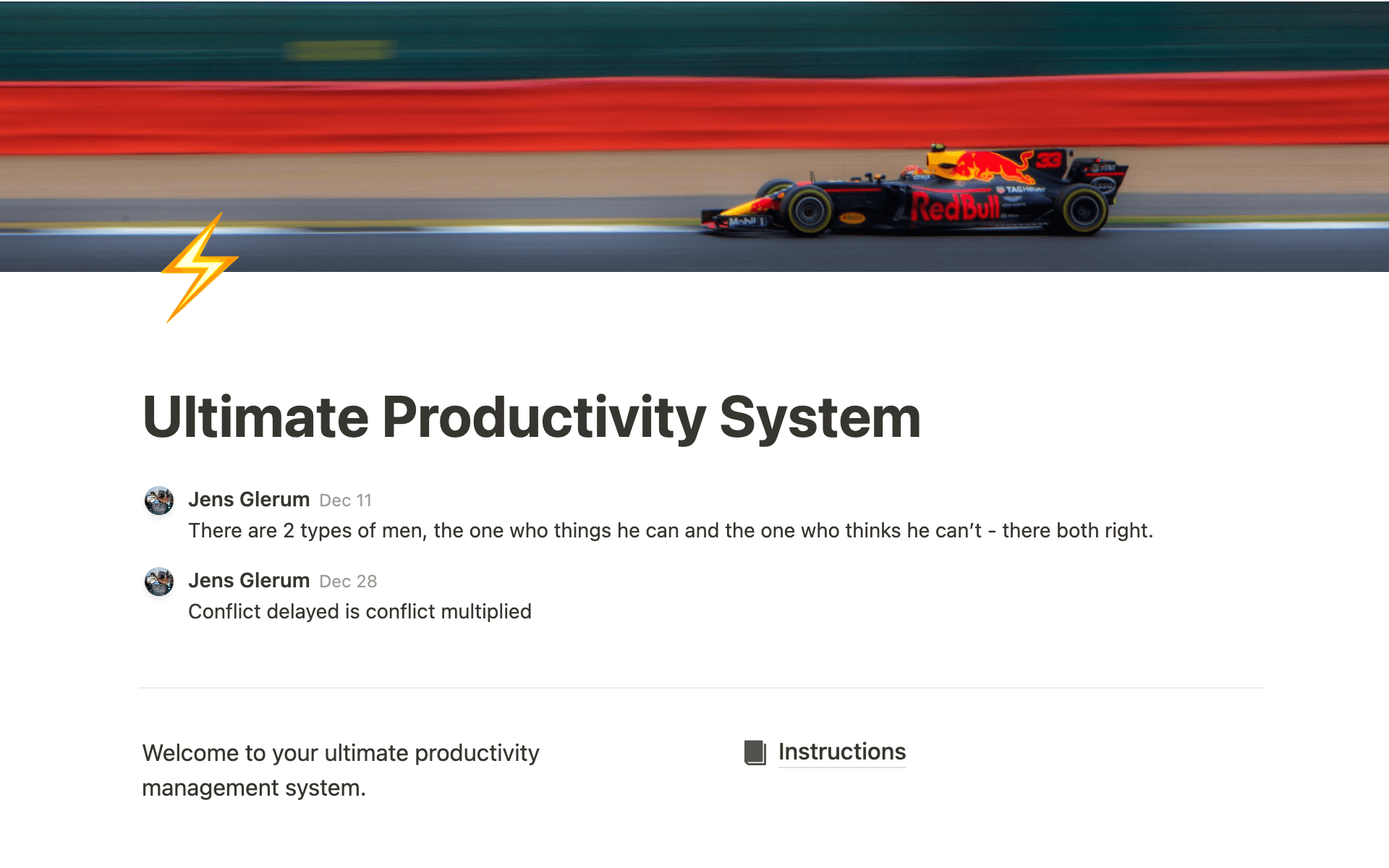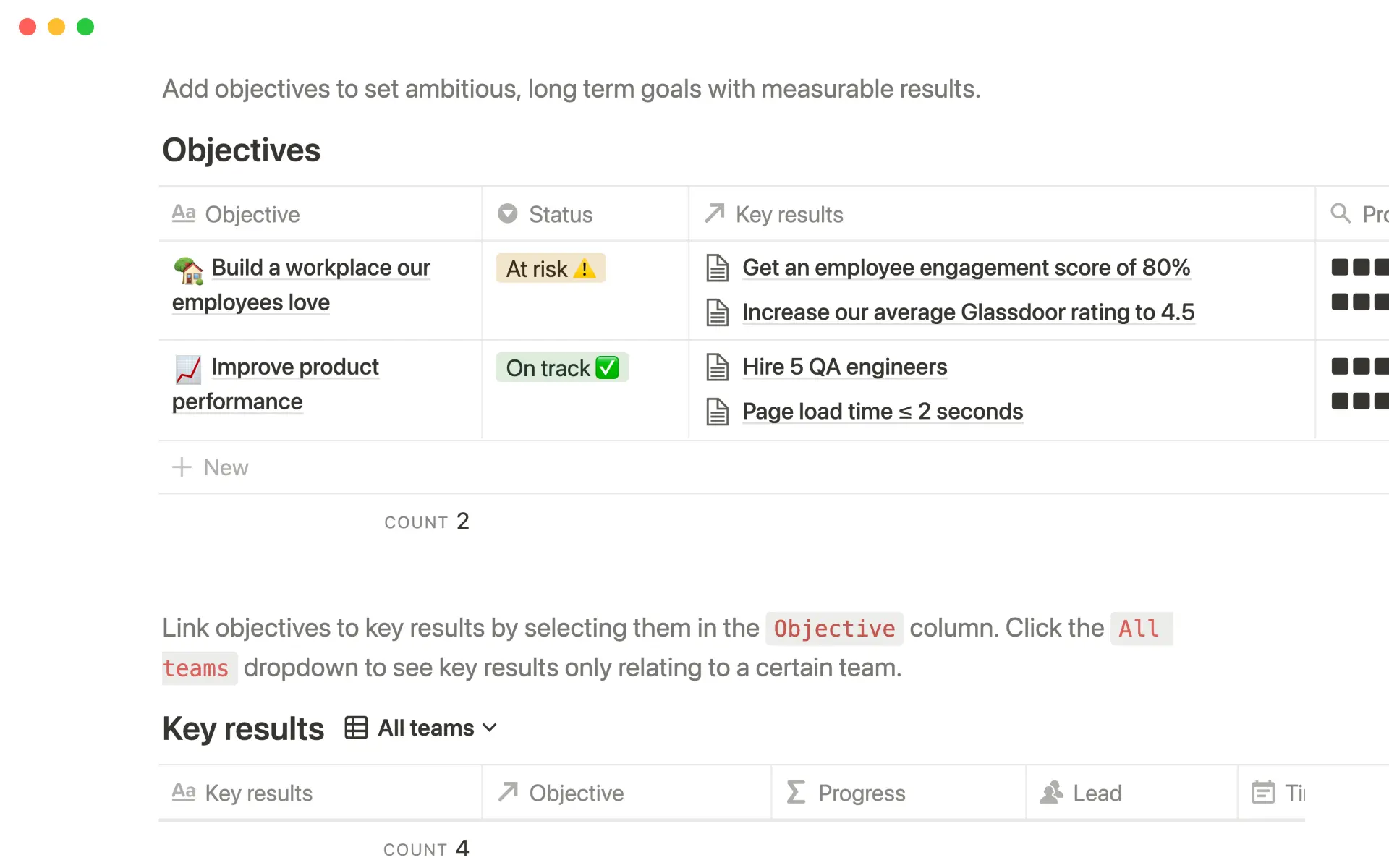Before starting a project, you must optimize your toolbox, ensuring teammates have the resources needed to produce timely and high-quality deliverables.
Your project proposal may require updated software, branded packaging, or specific manufacturing parts. And procuring these materials isn’t a simple transaction. It’s a structured process involving specific documentation that specifies budgets, timelines, and operational capacities.
The right templates to engage potential vendors are indispensable to asking the right questions. Knowing how to choose between an RFI versus RFP versus RFQ allows you to compare your project’s specific needs to each vendor’s capabilities. This strategic alignment ensures your team is well-equipped to make the best decisions for product development, helping you hit your release on time and within budget.
What’s an RFI?
An RFI (request for information) is a document vendors use to determine whether they can supply materials or services. It provides critical information like deadlines, project scope, and specifications for the materials you need. RFIs might also include details about your business, especially if you require materials or services that align with an overarching mission like environmental initiatives or privacy policies.
Whenever you need new materials or services, using an RFI in project management is a good idea. If you’re contacting a few suppliers, RFIs help you compare options and make the best choice for every project. And it lets a supplier know there’s competition, incentivizing them to give you a good bid and provide continuously high-quality service.
Likewise, effective RFIs outline specifications in detail. If the vendor sends materials or provides a service that falls short of scope, it streamlines your response. You can return to the RFI to show them what’s missing.
What’s an RFP?
An RFP (request for proposal) flips the script on an RFI. Rather than soliciting information for a specific project, an RFP asks vendors to make a proposal. This document digs deeper, including additional information about potential challenges, current protocols, and criteria for evaluating contracts.
This document is useful when a product requirements document (PRD)’s specifics are clear, but how you get to the finish line is open to innovation. Your level of detail will prompt potential vendors to respond with strategies, methodologies, and creative solutions specific to your project’s unique needs. And RFPs allow you to step back and comprehensively compare options, ensuring you choose the right solution for your target goals and company’s values.
Similar to an effective RFI, a detailed RFP can serve as a contractual backbone. Once you accept a proposal, you can integrate the RFP and vendor proposal into the contract, ensuring accountability of expectations for deliverables and performance metrics. Use a Notion RFP agency template to ensure you get the most out of vendor proposals.
What does RFQ stand for?
RFQ stands for request for quote. This document asks potential vendors to provide a budget or price list for specified goods and services, also outlining product and service specifications, quantities, and delivery expectations.
Unlike the broader RFI and RFP, an RFQ focuses on a cost quotation. Effective RFQ templates prompt vendors to provide precise cost details and payment instructions, streamlining your ability to compare sourcing options. And by setting clear expectations, an RFQ minimizes disputes and misunderstandings.
Effective RFQs are complementary to more detailed documentation. Although pricing is important to consider when choosing suppliers, it’s up to you to weigh other risks and benefits of working with a vendor, like prompt delivery and quality service.
Here are a few more useful acronyms and documentation types for project planning:
RFx — a general term used for all types of requests, be it information (RFI), proposals (RFP), or quotes (RFQ).
RFT (request for tender) — similar to an RFP, an RFT is a formal, structured process that invites suppliers to submit a bid for products or services. Whereas an RFP may target specific vendors you’d like to work with, an RFT is open to submission. It’s typically used for projects or contracts with legal requirements to have a fair and transparent tendering process in the public sector.
RFD (request for discussion) — intended to facilitate in-depth discussions, an RFD establishes the intention of an informational meeting, setting expectations for stakeholders to hold a detailed discussion about a project. An effective RFD outlines the reason for the chat and the desired outcome, letting stakeholders come prepared to problem-solve.
When to use an RFI versus RFP versus RFQ
RFIs, RFPs, and RFQs come into play at different stages of project planning. For complex, wide-scale projects, you may even use all three, which might make understanding the difference between RFI, RFP, and other important document use cases difficult.
Here’s a quick breakdown of how to implement them within your work management system:
Start the procurement process with an RFI — in the beginning stages, when your project plan still has room to narrow down definitions, use an RFI to explore possible vendors, solutions, and resources. This document helps you gather information about vendor capabilities, develop a deeper sense of the market landscape, and confirm assumptions about potential vendor solutions.
Send out an RFP once you have a clear project definition — in the middle stages, you can start shaving down potential methods and solutions to meet project needs. Send an RFP to potential vendors to understand how they’ll each approach and fulfill project requirements. Their responses will help you compare strategies, timelines, and potential costs. Plus, professionalism and attention to detail will give you a feel for the best working relationship.
Tie loose ends with an RFQ — after you decide on a solution or approach, an RFQ will provide you with a detailed and specific quotation on cost. This is a necessary reality check, as exact pricing tells you if your dream vendor is within your budget.
Challenges when managing RFIs, RFPs, and RFQs
Weighing out the potential risks and benefits each vendor offers isn’t simple. While RFI, RFP, and RFQ templates add structure to the procurement process, they come with unique challenges.
Here are a few common roadblocks to look out for when managing these documents:
Information overload — the broad net cast to gather data may result in piles of information to sort through. Parsing through it all to define what’s pertinent and actionable (and what’s superfluous) can become overwhelming, opening the door to potential oversights and analysis paralysis. Templates with clear expectations for the responses you’re looking for can ensure you receive concise documents with the most critical information.
Lack of standardization — without providing a standard format or template for vendors to submit, you’ll spend a lot of time organizing responses and chasing down specific information, which brings down your productivity and welcomes errors.
Too much room for interpretation — some projects leave room for (or even encourage) vendors to propose varied strategies and solutions. Vendors may interpret your needs differently or propose ideas outside your abilities, resulting in proposals that are too diverse and complicating your ability to make direct comparisons.
The best management tools and templates all in one place
Clear documentation throughout the project planning process ensures that each phase is carefully designed and executed. Notion offers templates for every step, including project proposal, research and planning, and design submission documents. Let Notion help you fill your toolbox with all the tools you need.







